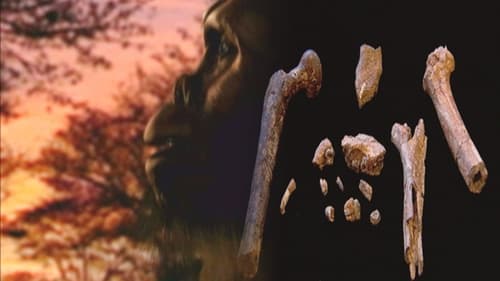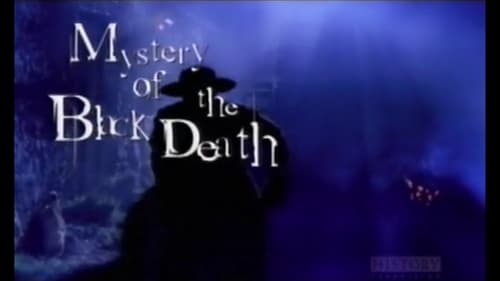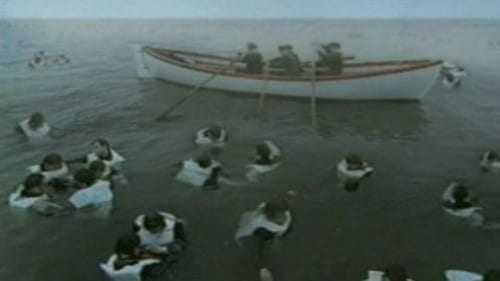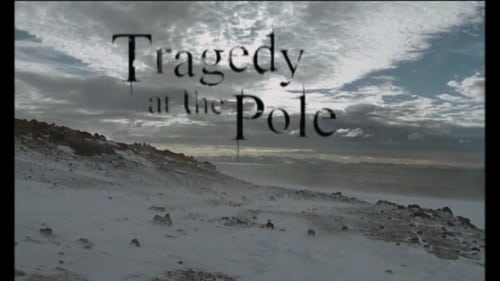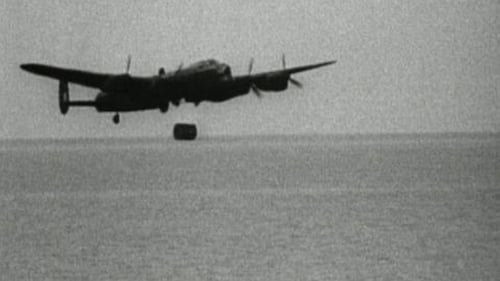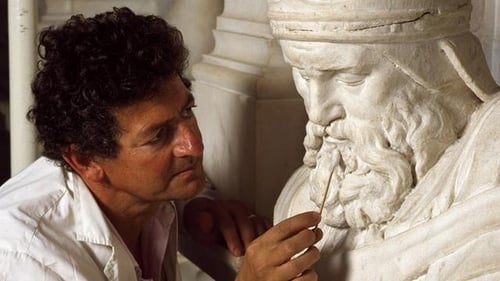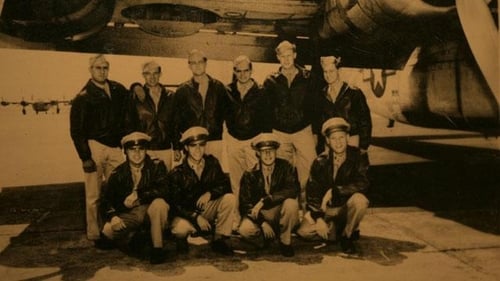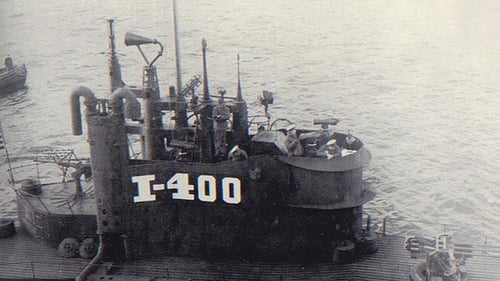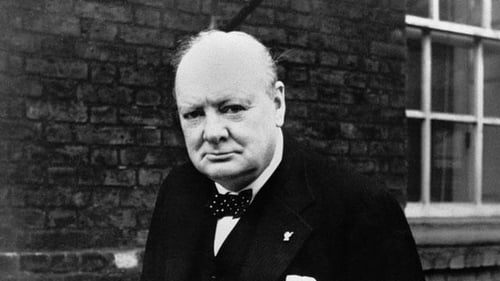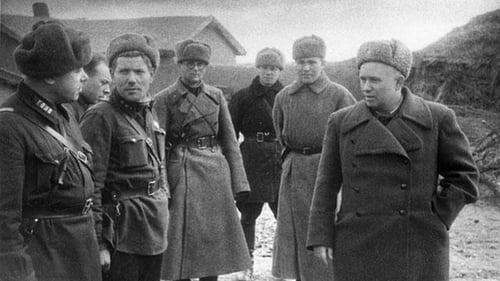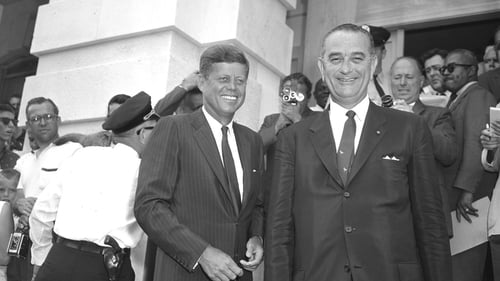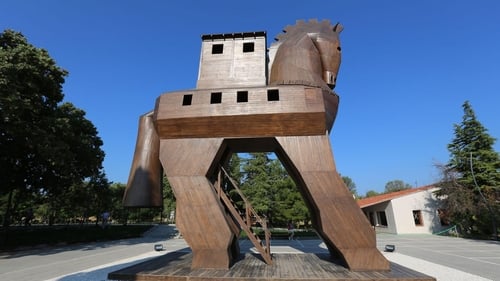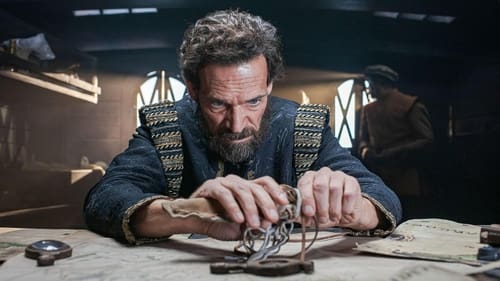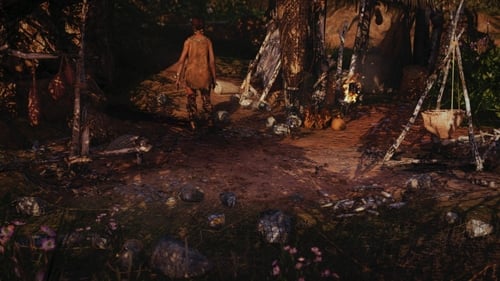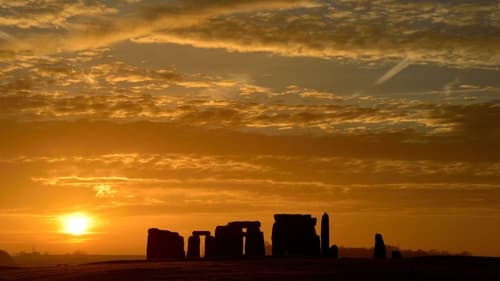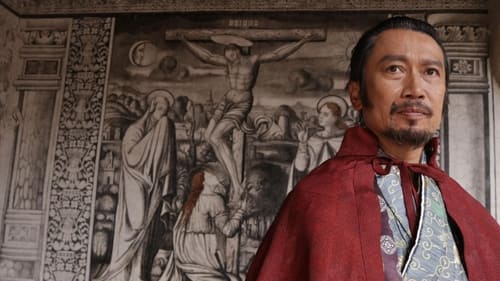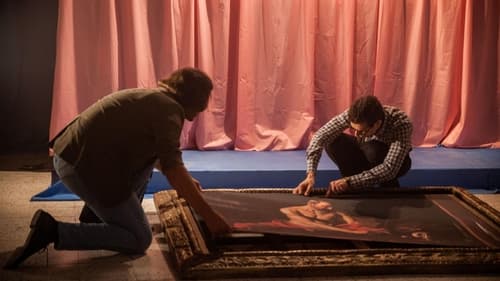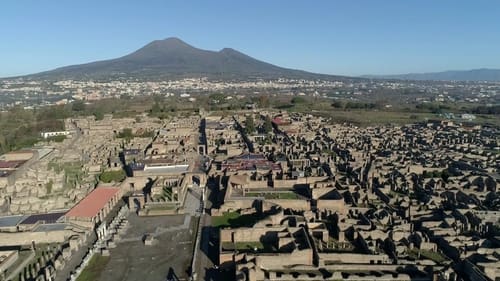 NaN/10(0 votes)
NaN/10(0 votes)#4 - The Great Fire of Rome
S3:E4Director:Mark HallileyWriter:Unknown0 CommentsBe first to comment!Be the first to share your thoughts
Start!Be the first to comment!Be the first to share your thoughts about this episode
Director:Mark HallileyWriter:Unknown NaN/10(0 votes)
NaN/10(0 votes)#15 - Ben Franklin’s Bones
S14:E1Director:Kate Thomas-CouthWriter:Unknown0 CommentsBe first to comment!Be the first to share your thoughts
Start!Be the first to comment!Be the first to share your thoughts about this episode
Director:Kate Thomas-CouthWriter:Unknown NaN/10(0 votes)
NaN/10(0 votes)#18 - Leonardo: The Man Who Saved Science
S16:E5Director:Mark DanielsWriter:Unknown0 CommentsBe first to comment!Be the first to share your thoughts
Start!Be the first to comment!Be the first to share your thoughts about this episode
Director:Mark DanielsWriter:Unknown

DocumentaryMystery

The Worst Episodes of Secrets of the Dead
Every episode of Secrets of the Dead ranked from worst to best. Explore the Worst Episodes of Secrets of the Dead!

The Worst Episodes of Secrets of the Dead
DocumentaryMystery
Every episode of Secrets of the Dead ranked from worst to best. Explore the Worst Episodes of Secrets of the Dead!
Part detective story, part true-life drama, long-running series explores some of the most iconic moments in history to debunk myths and shed new light on...
Seasons23
READ
Worst Episodes Summary
"Search for the First Human" is the worst rated episode of "Secrets of the Dead". It scored /10 based on 0 votes. Directed by Unknown and written by Unknown, it aired on 5/8/2001. This episode scored 0.0 points lower than the second lowest rated, "Mystery of the Black Death".
